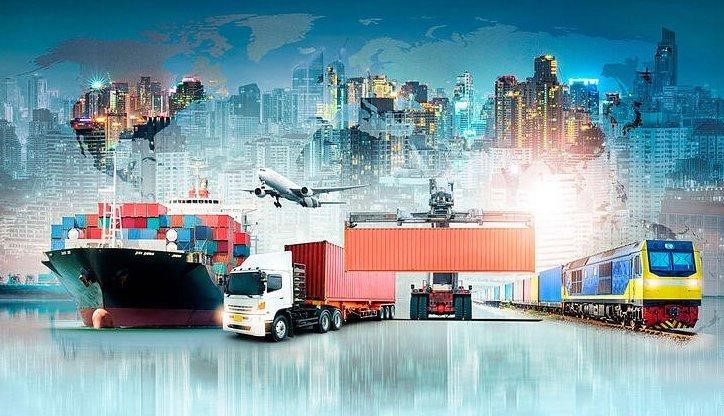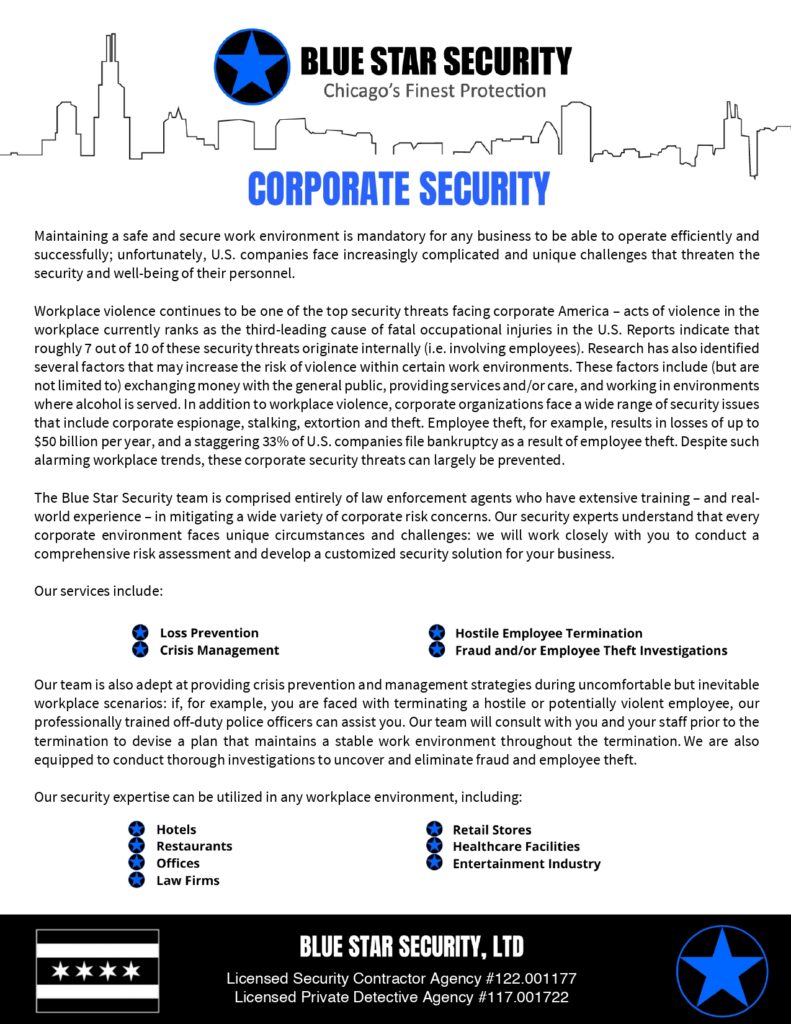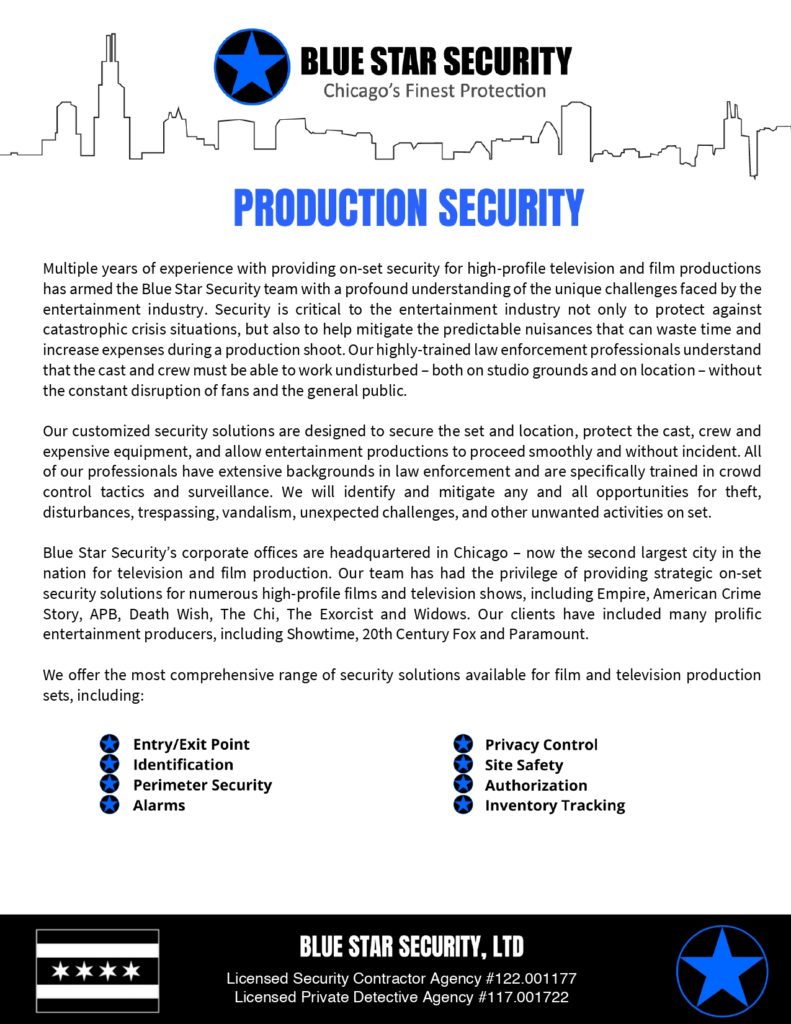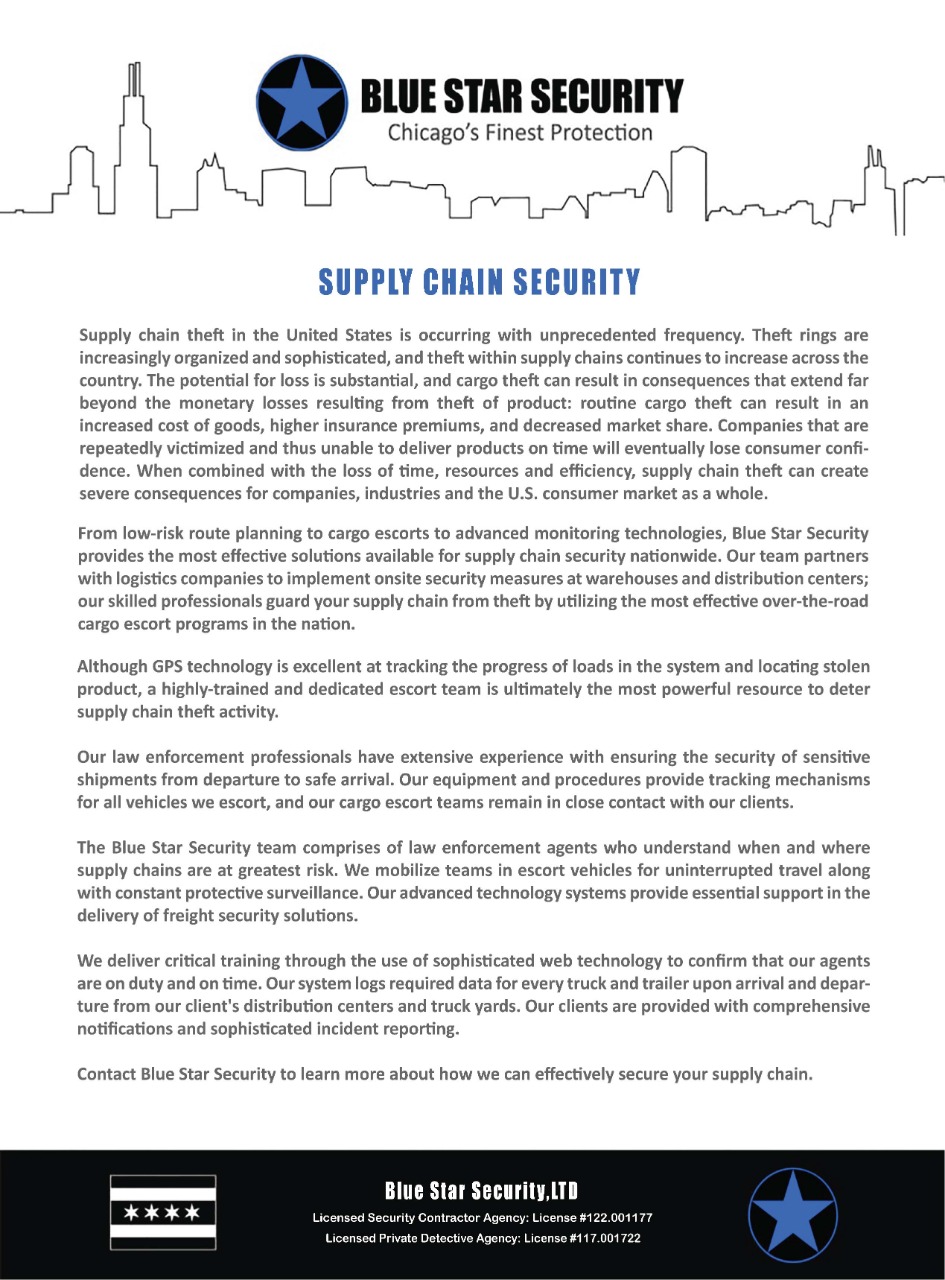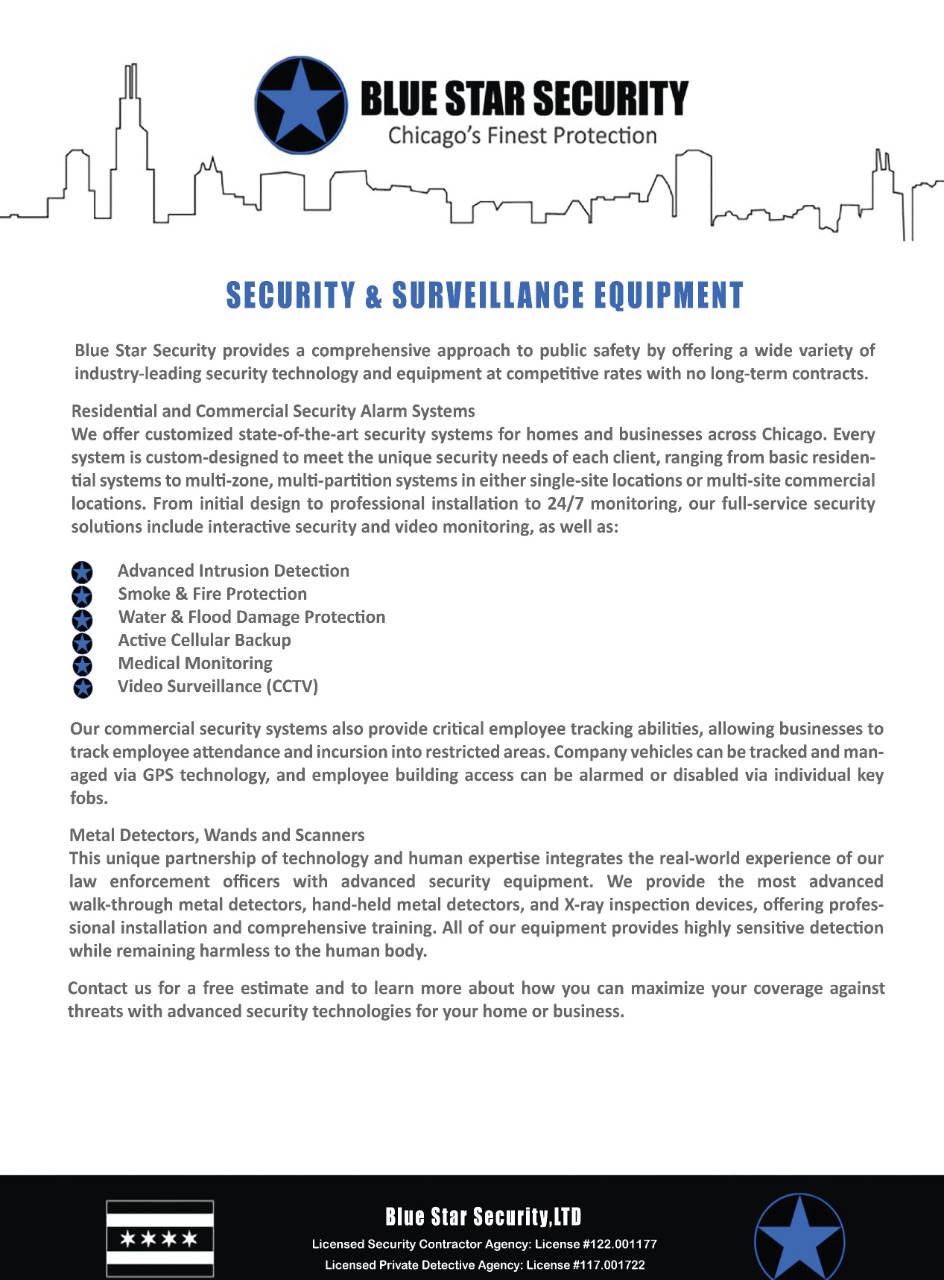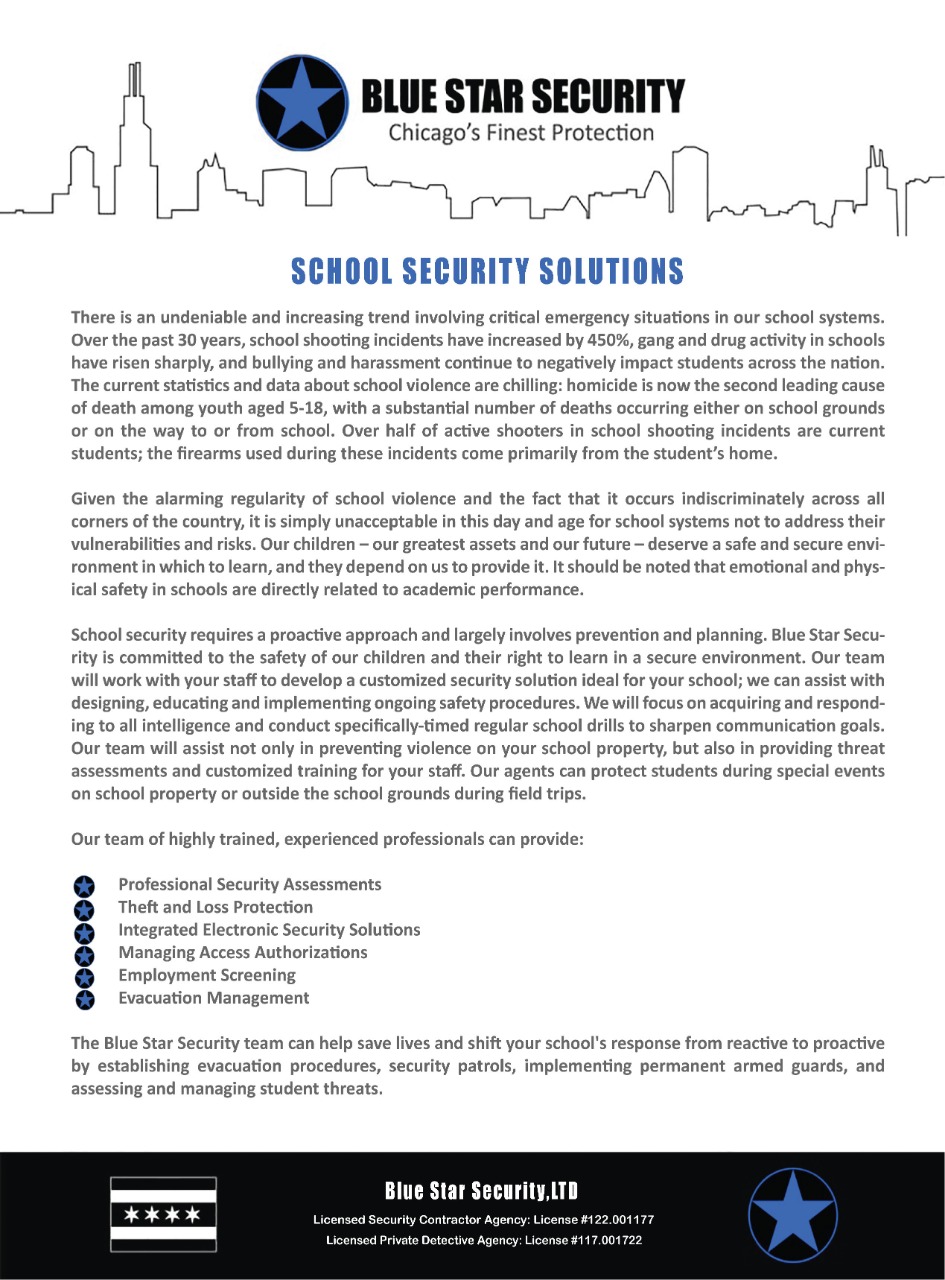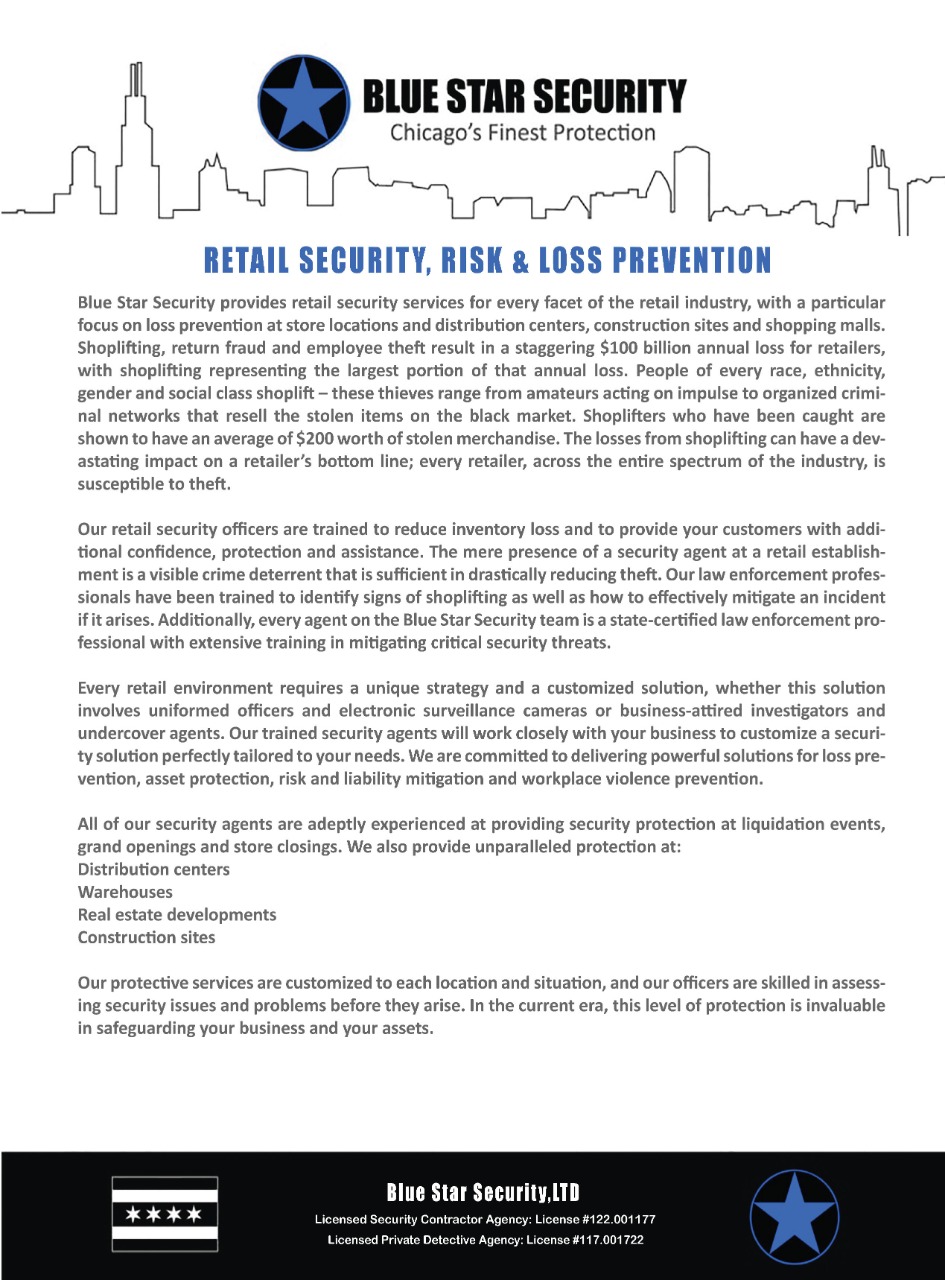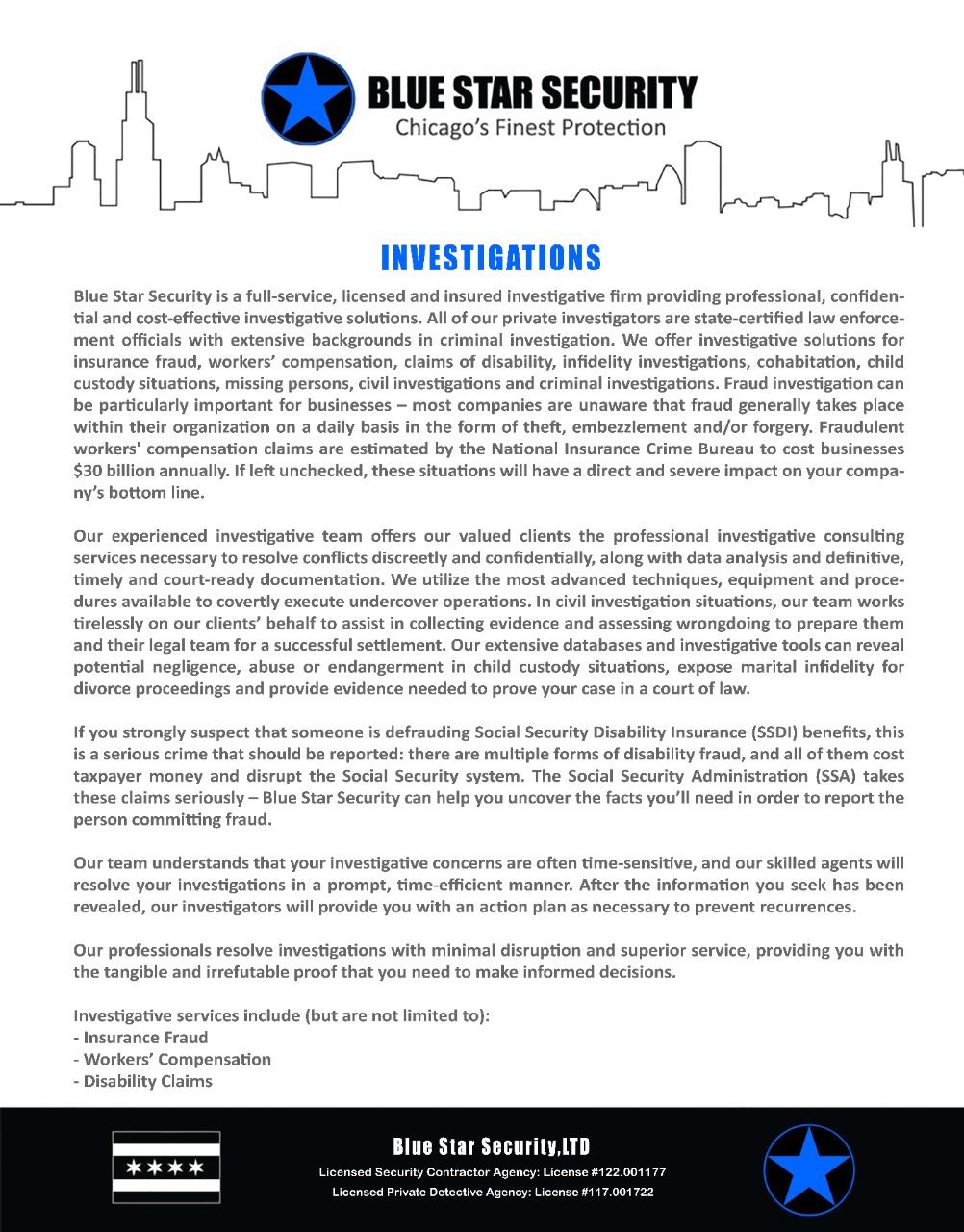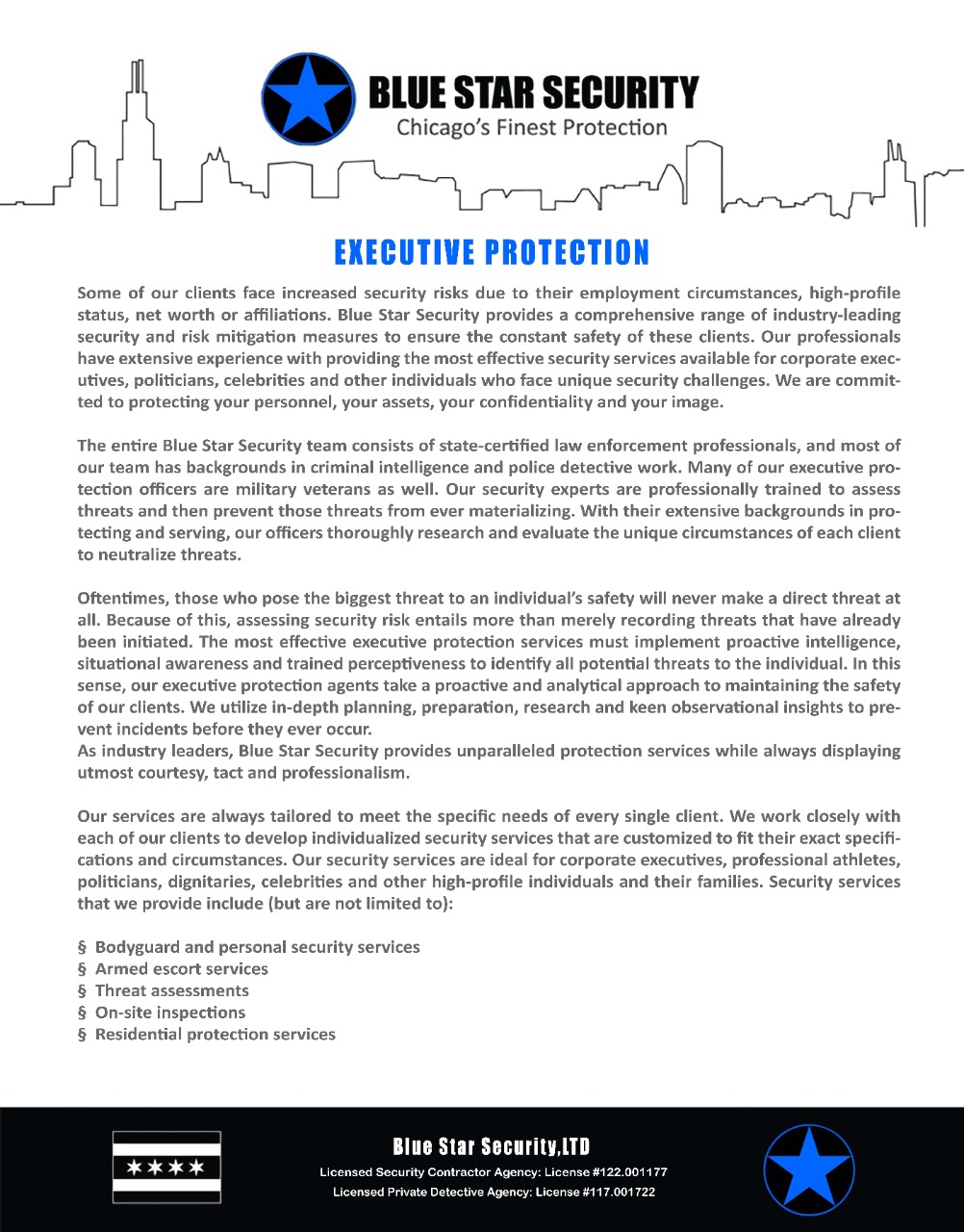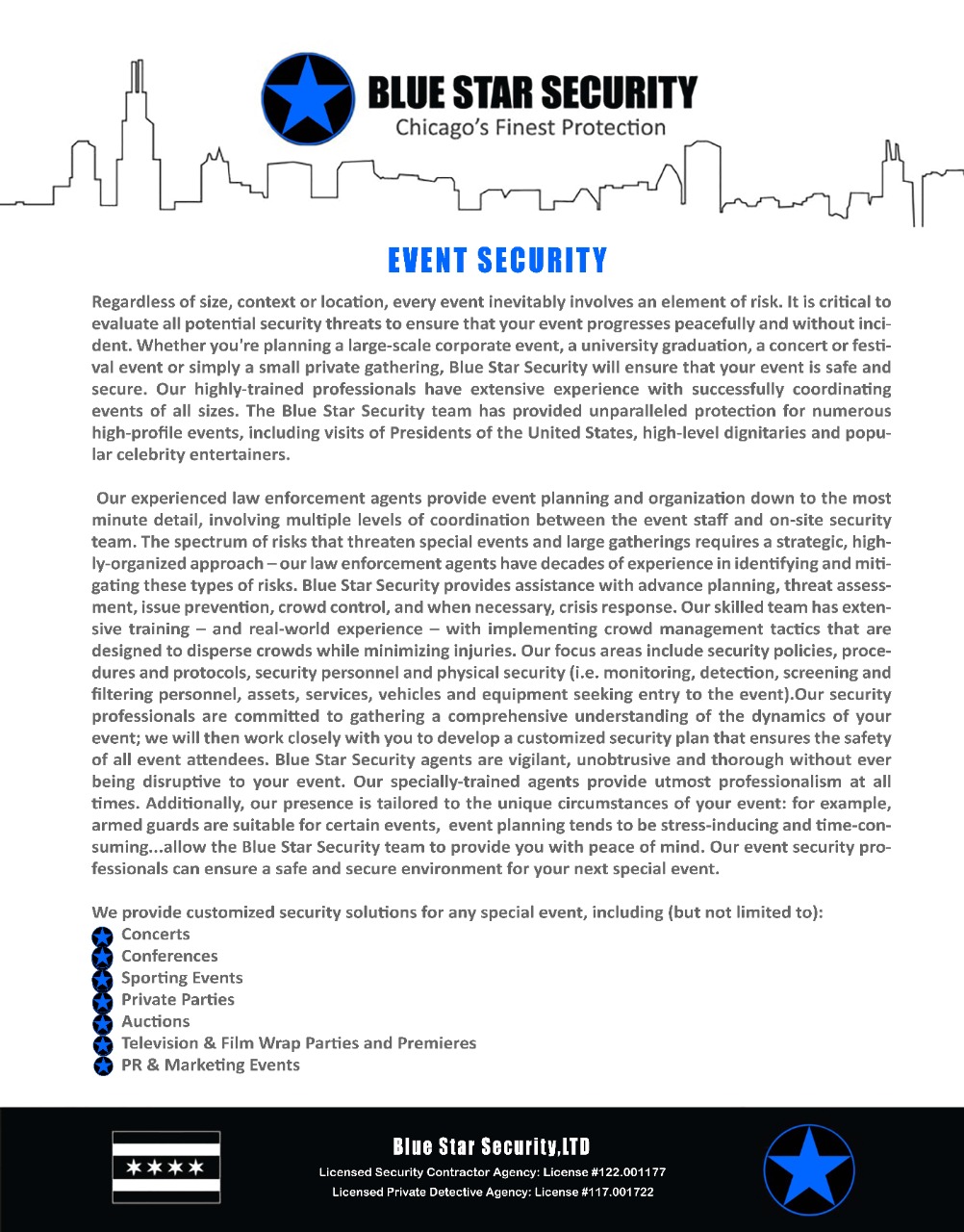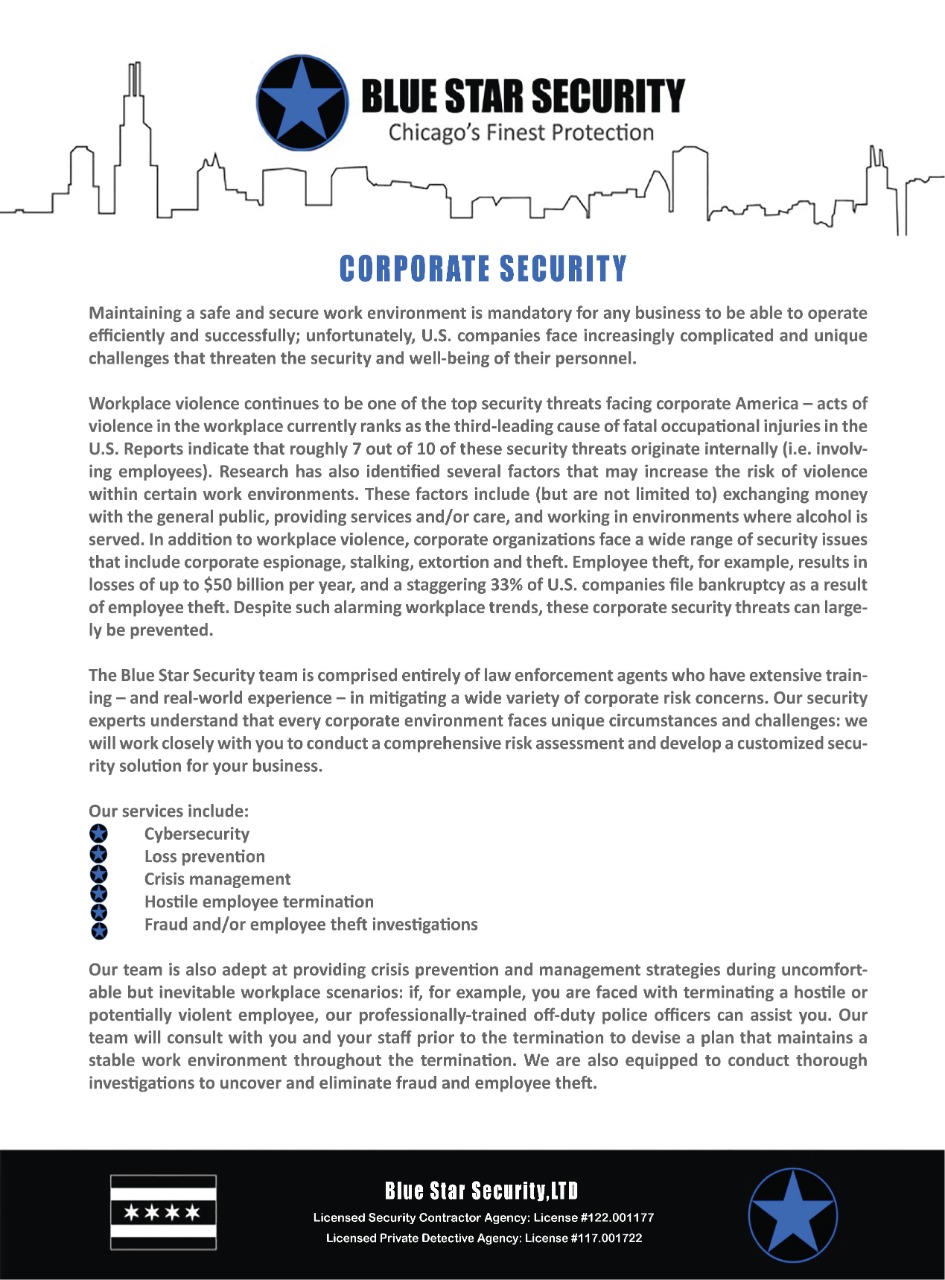As the pandemic drags on and businesses continue to grapple with clogged ports and a shortage of truck drivers, warehouse staff and front-line employees, supply chain disruptions are creating another major concern: cargo theft.
Although statistics vary, cargo theft is considered responsible for roughly $15 billion to $30 billion in losses each year across the United States.
Whether on a truck, at a port, or in a warehouse, cargo shipments have always been vulnerable to theft. However, the ongoing global pandemic has forced businesses to face unprecedented challenges due to severe supply chain disruptions. Unfortunately, worsening supply chain issues are creating conditions that are ripe for cargo theft.
In the United States alone, supply chain attacks increased by a staggering 42% in the first quarter of 2021. Approximately $45 million in losses from cargo theft was reported through September 2021, which compares with roughly $68 million throughout all of 2020. According to CargoNet, in 2019 – prior to the start of the pandemic – only $49 million worth of cargo was reported stolen throughout the entire year.
Although supply chain security breaches and disruptions are indisputably damaging to the company in question, they can also create ripple effects with the ability to impact entire industries. Threats to supply chains are becoming increasingly concerning as the world becomes more interconnected as well as more interdependent. The COVID-19 pandemic has only highlighted the severity of such threats as well as the fragility of this interdependence.
Due to ongoing supply chain security threats with no end in sight, safeguarding your supply chain has never been more important.
How Does an Overstressed Supply Chain Lead to Theft?
Generally, the more that a supply chain is backed up, the more that cargo is left sitting. When a supply chain is pushing freight with nowhere to go, the freight is often left sitting idle in a shipper’s yard, a truck stop or on the side of the road. Increased traffic and idled shipments create a prime opportunity for criminals to take advantage of and aggressively target transport vehicles.
Not only does idle freight create more opportunities for thieves, it also complicates the protection of the freight during transit. With more cargo sitting in more places, clogs in a supply chain create more geographic locations where theft can occur. This makes it more difficult to pinpoint when – and where – a theft is likely to occur.
Analysts and experts predict that this accelerated pace of cargo theft will continue throughout 2022.
What Type of Cargo Is Currently Most Vulnerable To Theft?
Thieves will generally steal what they know they can sell. When freight is popular, in high demand, or in shortage, criminals know that they will be able to get rid of it quickly and receive a high dollar amount for their efforts.
Thieves are now targeting more expensive items such as electronics; this is in contrast with 2020, when toilet paper and personal protective equipment were heavily targeted by thieves. During the third quarter of 2021, the most highly sought-after shipments were consumer electronics, household goods and food. Oftentimes, thieves have already arranged for a buyer prior to the sale of the theft.
Cargo theft ultimately affects consumers who are already facing long delays and soaring prices. Prices of electronics – including smartphones, video game consoles and televisions – could increase even more for consumers as supply decreases.
Where is Cargo Theft Commonly Taking Place?
Cargo theft is a multibillion-dollar problem every year for the global supply chain, and criminal activity generally falls into two categories: organized crime and pilferage.
Trains or trucks sitting idle create pilferage opportunities for thieves. Pilferage – in which thieves steal only part of a supply load from parked delivery vehicles – is typically not an organized crime activity (in which highly sophisticated theft rings would target specific goods). Instead, pilferage usually involves small-time criminals looking to make some extra cash: they’ll grab as much as they can carry or fit in the back of a truck or car and take off. This type of theft can be much more difficult to track, since drivers usually won’t notice the missing cargo until reaching a stop long after the theft occurs. This is especially the case if the theft was only a portion of a pallet, or a few items grabbed off the back of a train or truck. Without understanding where on their route the theft occurred, truck drivers don’t know where to report the theft.
Recent reports show that the majority of cargo theft is not carried out during attacks on rail yards or ports or from piracy on the high seas. Instead, thieves are pilfering merchandise from parked trucks as they make stops on their way to their destination warehouse or distribution center.
In fact, reports show that truck stops were the number one target for cargo thieves during the third quarter of 2021, followed by distribution warehouses. The average value of a cargo theft during this timeframe was nearly $150,000.
Mitigating the Risk of Cargo Theft When Your Supply Chain Disruption
Cargo theft risks due to supply chain disruptions are predicted to continue increasing in 2022. Businesses must implement a comprehensive security strategy to ensure that their supply chain is sustainable and profitable.
The Blue Star Security team comprises of high-level law enforcement agents who understand when and where supply chains are at greatest risk. From low-risk route planning to cargo escorts to advanced monitoring technologies, Blue Star Security provides the most effective solutions available for supply chain security nationwide.
Our team specializes in providing security protection and logistical security solutions to companies importing high-value freight through the Chicago gateway, providing each client with comprehensive notifications and sophisticated incident reporting.
Contact the Blue Star Security team to discuss a customized plan for the security of your supply chain and your enterprise: call us at 708-669-7470 or contact us online at bluestarsecurityltd.com/contact-us.
To learn more about our supply chain security services, visit https://bluestarsecurityllc.com/services/supply-chain-security/.

